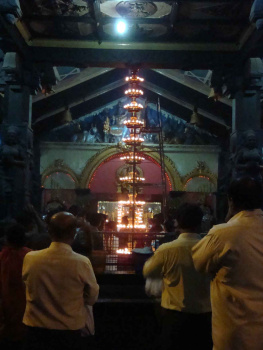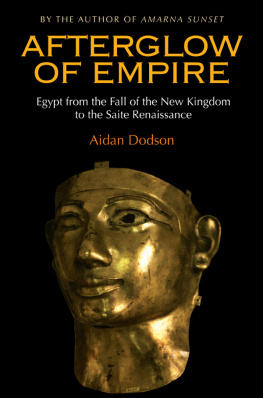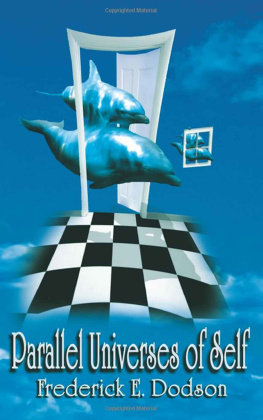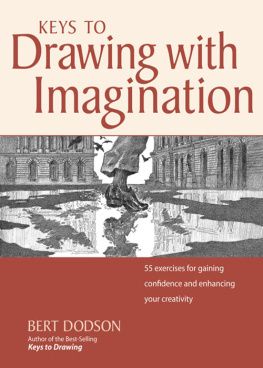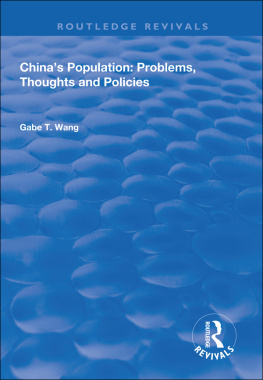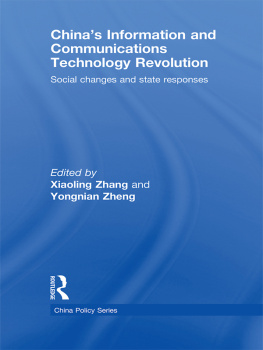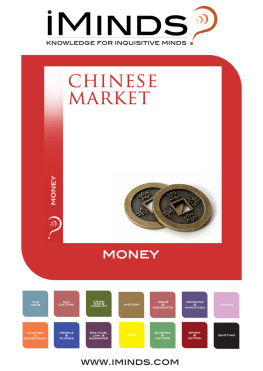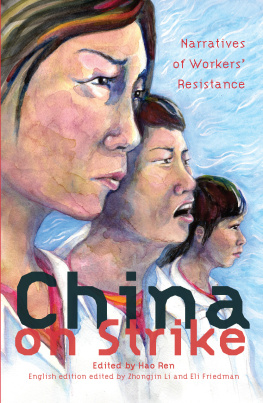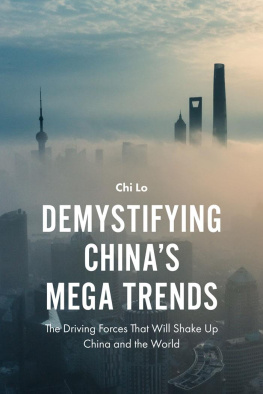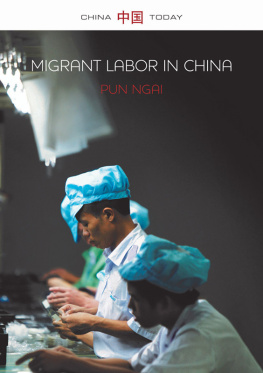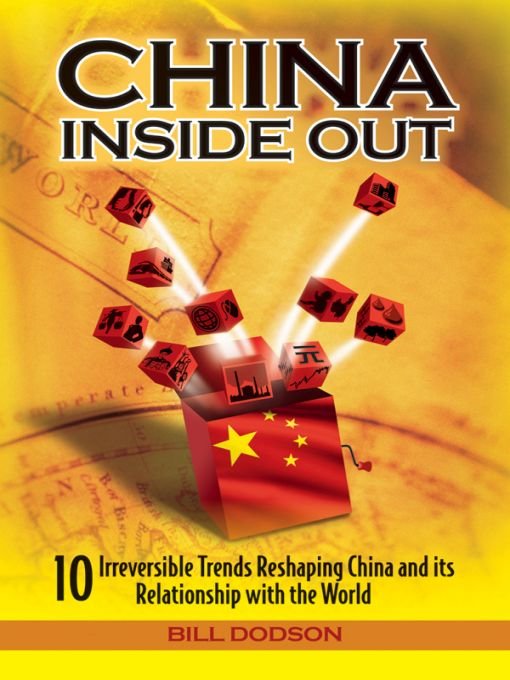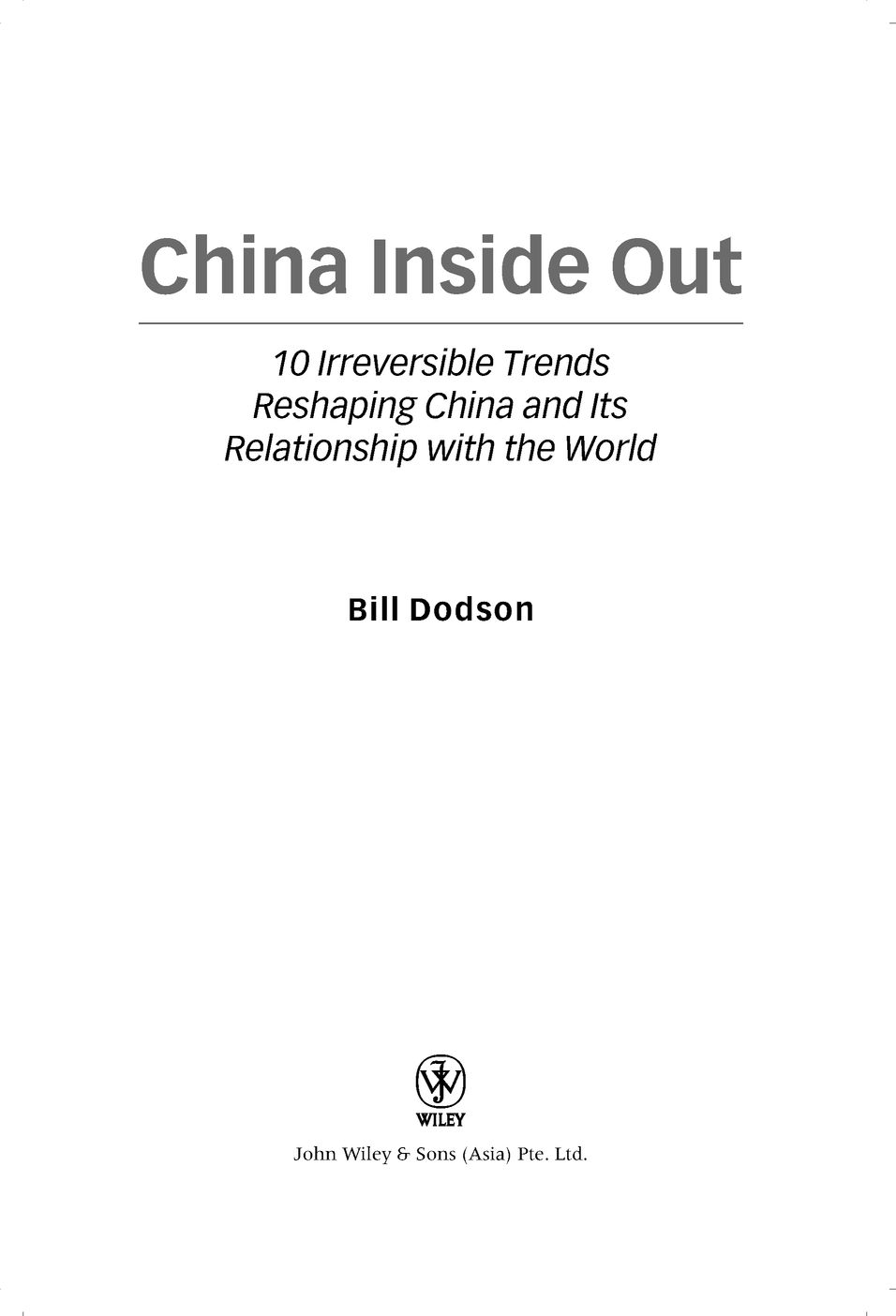Table of Contents
For my parents, William R. and Norma Dodson,
in gratitude for their patience and sacrifices.
Acknowledgment
China Inside Out has been a collaborative project with numerous individuals who have contributed both directly and indirectly over the past decade. More than a few of the insights expressed in the book were born through the countless conversations Ive had with those who have lived, studied, and worked in China for many years, many of whom were North Americans and Europeans. These discussions often were excavations of their experiences, their observations, and their reflections about the swift and dramatic changes in China theyve become part of.
In particular, I would like to express my gratitude to longtime China veterans Peter Holmes and Keith Cairncross, who through long hours of conversation, have helped me to put many of my own China experiences and musings in perspective. Other close friends and China veterans also have shared their experiences and thinking, especially Palle Linde, Michael Mickey Duff, Mark Six Kissner, Doug Wack, and Oscar Hernandez. I also feel a need to sound a note of deep appreciation for my counterparts at the Blue Marlin Think Tank in the Suzhou Industrial Parkprofessionals and their families who have a combined hundreds of years of experience from all over China, and whose warmth and humor have provided me a home away from home.
Certainly, my colleagues Bhavesh Mistry and Basile Waite at TrendsAsia in Greater Shanghai have been invaluable critics and tireless reviewers of the manuscript as well as great listeners when I needed to bounce ideas off individuals with an intelligence and sensitivity to Chinese modern society. Andrew Hupert, an adjunct professor at the Shanghai campus of New York University, will always be my first stop for stimulating conversation about the intersection between culture, government policy, and commercial interests in China. Scott Tong, who was the China bureau chief for the Marketplace program on Public Radio in the U.S. from 2007 through mid-2010, was always willing to swap the latest China news and hearsay with me over cups of coffee. I have to thank the prolific Paul French of the China consumer market-research company Access Asia for his encouragement during the project, and for his guidance vis--vis getting around the publishing world. I am also grateful to my once-colleague and forever-friend Franziska Gloeckner for the fresh eyes she provided me through her years living and working in Nanjing. Justin Lusk, also a China longtimer and the general manager of a foreign-invested operation in China, is singular in my mind for the amazing support he provided this writing project before the book found a home with John Wiley & Sons.
Of course, I have to thank the many hundreds of Chinese Ive met in China over the past 10 years who have shared with me their own stories and thinking during the past decade of tumultuous change in their society. In particular, I would like to thank Robert Kong, a longtime friend in my adopted Chinese hometown of Suzhou, near Shanghai, for explaining to me over innumerable get-togethers in a balanced, dispassionate manner the dynamics of Chinese relationships in families, and between friends and coworkers. I must also thank a Shanghai family I admire and appreciate, the Chai brothers, Guoxing and Guofeng, for helping me get oriented and for being so supportive when I first began traveling to Shanghai on business and asking a million questions about everything but business.
Since 2003, local government officials across China have provided me with thousands of hours of tours, conversation, and education about their local cultures and economic development progress over the years, many of whom continue to provide me with updates. Some of the most delightful experiences I have had in China were spent at banquet tables with some of these individuals, who were always warm and engaging hosts. Some have even become friends. One of my greatest pleasures has been and will continue to be dropping by their towns and cities to see them again and to learn of the changes they have helped facilitate.
I owe a debt of gratitude to my publisher, Nick Wallwork, who is based in the Singapore office of John Wiley & Sons. It was Nick who first seemed to figure out what I was getting at with China Inside Out and helped me craft the project into something readable and saleable. Editorial Executive Jules Yap took on the project and remained my primary liaison through the editorial and production processes. My copyeditor Jennifer Wells was tireless in encouraging me to write what I meant and to mean what I wrote. The professional efforts of the production team as a whole for the book, led by Fiona Wong, could not have made birthing the project any more fulfilling for me.
Finally, my gratitude to my wife, Jessica Zhou, who was pregnant with our first child throughout most of the writing phase of the book. Sometimes I think she was the charm that brought the book to life. Neither of our individual labors was easy; hers, however, was the most rewarding: our lovely son Ashley Xavier.
Foreword
Men and women in China have the right to dress as they please: plaids, stripes, purples, reds, acid-greens, fuchsias, rhinestones, tight skirts, baggy T-shirtsall at the same time, even, if they choose to experiment (which some do). They can buy at bargain basement prices or, those who can afford it, can shop at expensive boutiques. They can dress as peculiarly as they likeor as fashionablyas the glittering catwalks of Shanghai have spotlighted since the opening years of the twenty-first century.
China hasnt always been that way, though. As the bad old days of the Cultural Revolution closed in the late 1970s and the country sought its way out of the economic and social chaos that had defined the lives of generations, the Mao-suit was all the fashion. Actually, it was pretty much the only fashion for adults, available in the most drab shades of gray, blue, and green conceivable. The statement the social uniform made was we are all equal, though, of course, Communist Party members were more equal than others. For the 30 years after Mao Zedong announced the liberation of the Peoples Republic of China, Communist Party apparatchiks tightly controlled all parts of Chinese life: where one lived, if one attended university, what discipline one would study, where one worked, where one shopped, how much one could buy (if shelves were stocked at all), even who to marry (dating was illegal). In other words, up until about 1980, Chinas government was totalitarian, interested mostly in exercising its power and ideology at every level of its citizens existence.
Now, Chinese citizens have freedoms those aged 45 and over could hardly have imagined in 1980. They can start their own businesses, they can purchase as many homes as they can afford, they are increasingly owning their own carsonce the sole entitlement of Party officialsthey can choose where to send their children to school, and, if they have enough money, even completely escape the onerous university examination system and send their child abroad for study. Television programming and commercials are as mind-numbing as any in the developed world now, with as many cable stations. The country now sports a wide choice of newspapers and magazines, many of which are simply lifestyle publications that give a growing middle class hints on how to dress, how to put on makeup, how to pick up girls, and the best ways to bring your man (or your woman) to climax. Then there is the impact of the Internet, which is perhaps the single greatest lever that has pried open the society to what is possible in the modern world. In some aspects, Chinese society has more freedom than many societies throughout the world.


